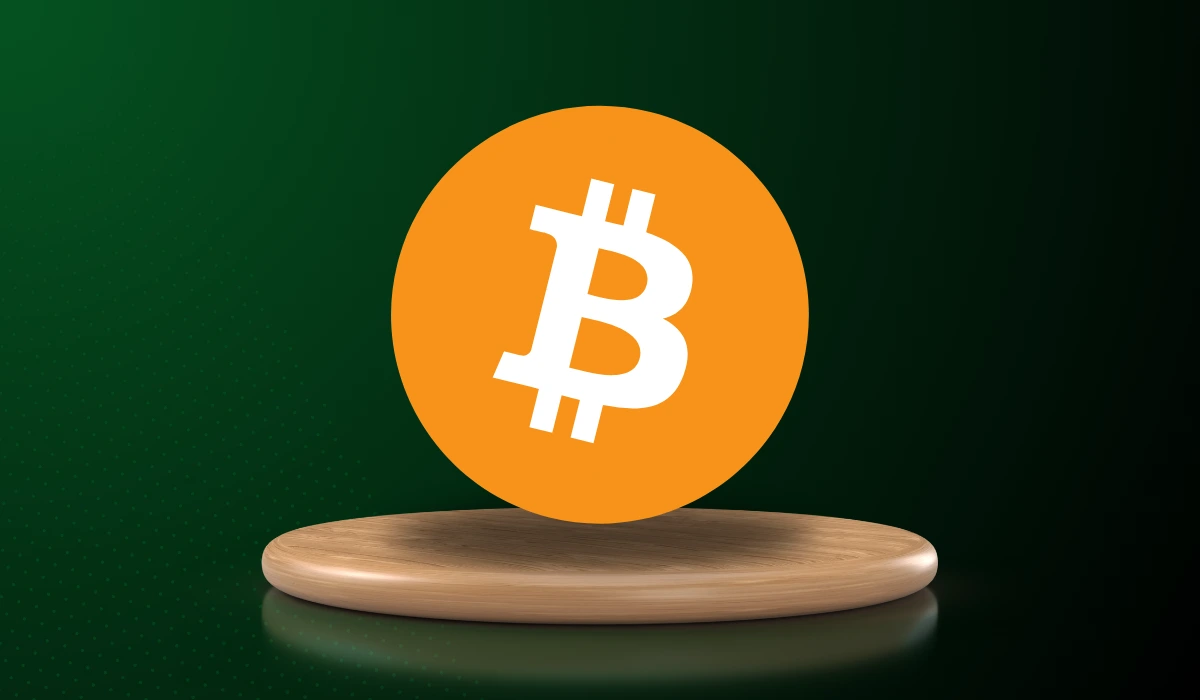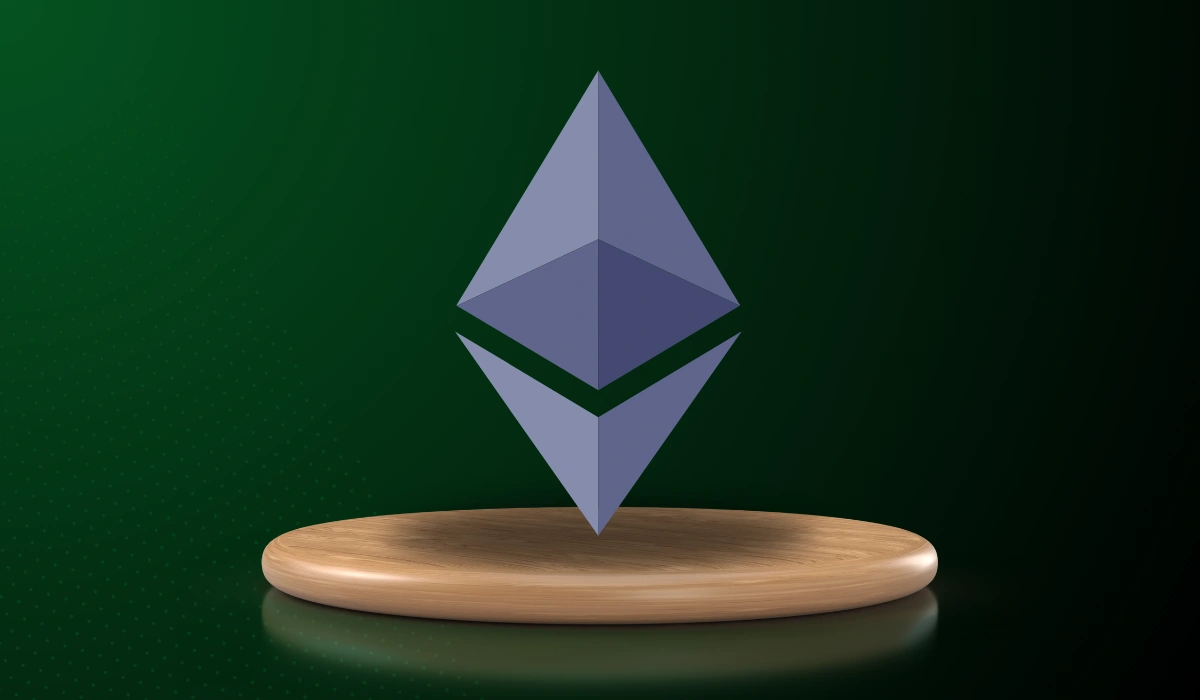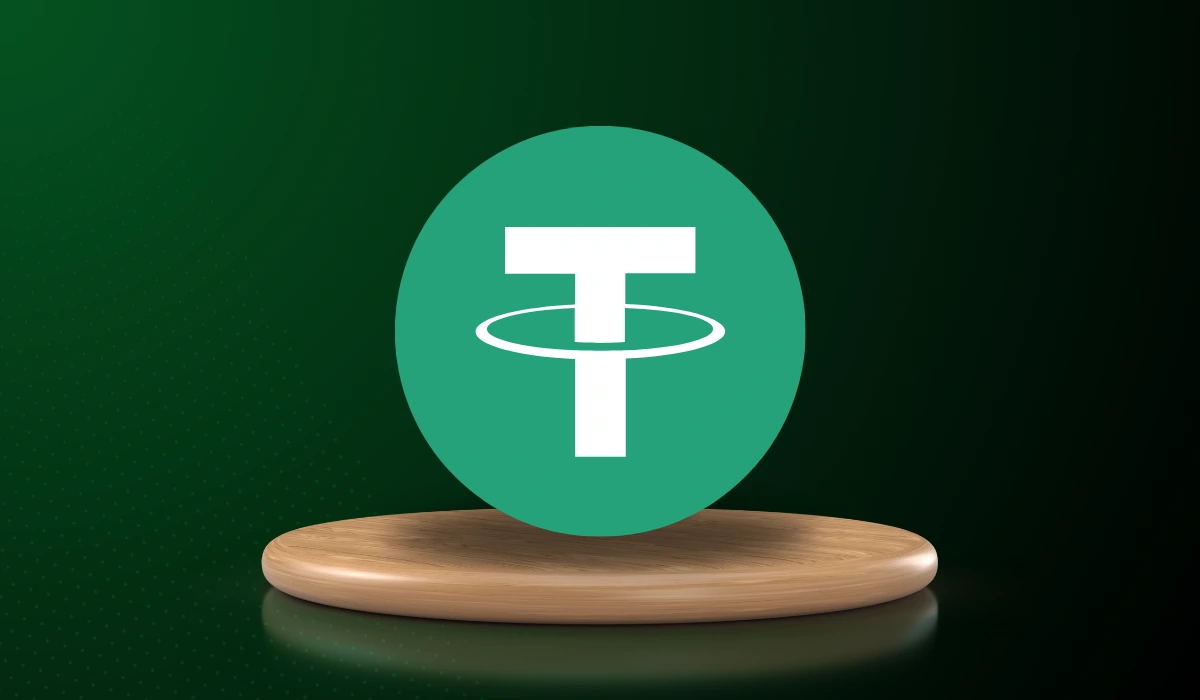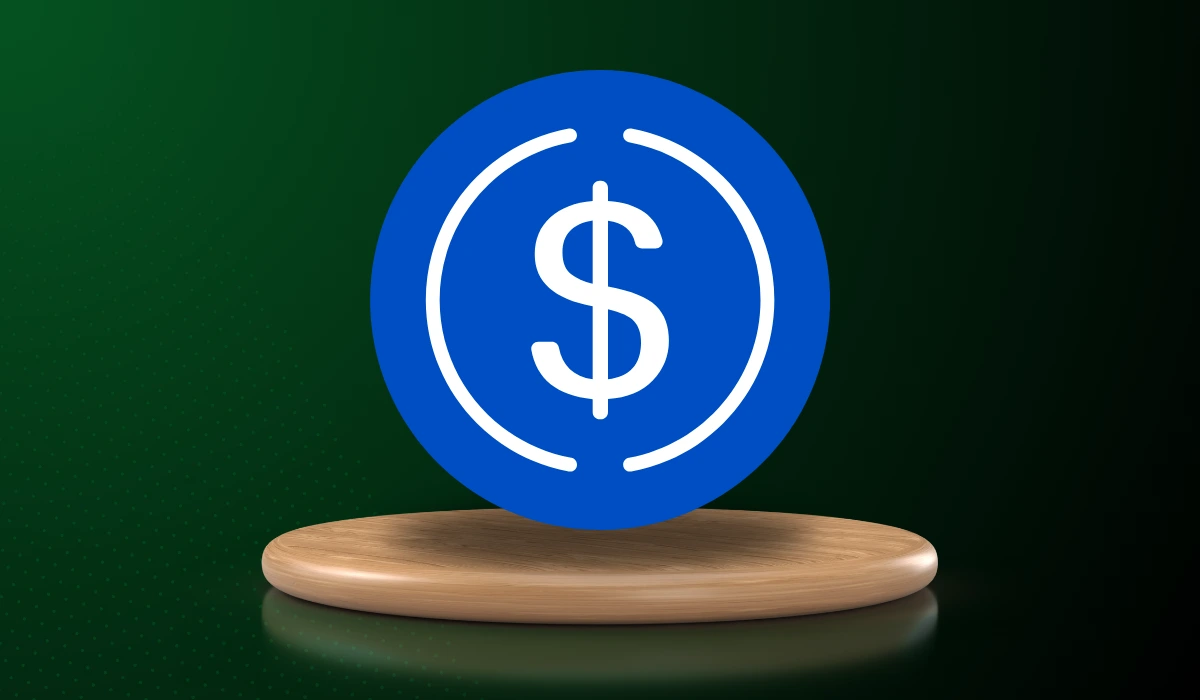2024 has been one of the best years for cryptocurrencies. Many cryptocurrencies including Bitcoin broke their all-time high this year. The improvement in blockchain technology, overall acceptance of cryptocurrencies, and the positive media portrayals are set to contribute to the further growth of crypto.
While Bitcoin (BTC) and Ethereum (ETH) are the most talked about and popular cryptocurrencies in the world, there are many more lucrative investment opportunities waiting for you in the marketplace for digital assets. And history tells us that cryptocurrencies have the potential to make and break millionaires. So, how would you choose what is the best crypto to invest in? To help you, we have selected the 15 best crypto to buy now.
Top 15 Best Crypto to Buy Now
Digital currencies have had a significant growth since its inception. In addition to offering a decentralized form of financial token, blockchain technology has revolutionized the functioning of many industries including shipping and supply networks, banking, and even healthcare.
Technical wizards are finding more and more real-life applications for cryptocurrencies, the field will only continue to advance without stopping. Below, are some of the fastest-growing cryptocurrencies in the world.
[mcrypto id=”20403″]
1. Bitcoin (BTC)

Bitcoin is one of the most popular cryptocurrencies in the world. The decentralized token was launched in 2009 by a person or a group of people under the pseudonym, Satoshi Nakamoto. It is a peer-to-peer digital currency. Its transactions happen between participants of an equal network without the help of any intermediary, or financial institutions.
Bitcoin was the first operational electronic currency that was ever built. It not only created an online community that made a fortune out of mining the coin but also managed to create its own marketplace and sparked the creation of several other cryptocurrencies, which then became known as altcoins.
The circulation, transaction, and mining of Bitcoin is regulated by software running on thousands of computers. Bitcoin has always stayed at the top of the cryptocurrency market, making it a good investment option.
2. Ethereum (ETH)

Ethereum is an open-source blockchain system that has its own native cryptocurrency, Ether. It was first described to the world in a 2013 whitepaper by Vitalik Butering, and 7 other cofounders. Ether is the most popular altcoin out there.
The blockchain was launched in 2015, as Ethereaum’s purported goal to be the global platform for decentralized applications. Since the blockchain is open-source, it is utilized as a platform by many cryptocurrencies, as well as for the execution of decentralized smart contracts.
Smart contracts are such agreements between two parties or a group of parties stored on a blockchain; they execute automatically when the contract’s terms are met, thus eliminating the need for third-party intermediaries and receding transaction costs. However, the hosting of cryptocurrencies called tokens is the most used benefit of Ethereum.
3. Tether (USDT)

Tether is a platform designed to facilitate the digitalization of fiat currencies. Unlike other volatile cryptocurrencies, Tether holds a stable value and is tied to the US dollar giving the users the ability to transact traditional currency through blockchain.
The pegging is in a 1:1 ratio. Tether exists on leading blockchains such as Ethereum, Bitcoin Cash’s Simple Ledger Protocol, and many more.
USDT was launched in 2014 by Brok Pierce, Reeve Collins, and Craig Sellars. Initially, it was known as Realcoin but soon rebranded as Tether before opening its private beta. Every Tether token issued to date is backed by its reserves and they publish the record of the assets reserved to ensure complete transparency.
The important distinction between Tether and other cryptocurrencies is the guarantee that it will remain pegged to the US dollar. This property makes USDT a safe investment option for crypto investors.
It facilitates an easier transaction of US dollars between regions. However, there are some concerns regarding the transparency of Tether reserves since it has never been fully audited by an independent third party.
4. BNB

Binance is one of the biggest crypto exchanges in the world in terms of trading volume. They aim to make the cryptocurrency exchanges the one-stop destination for global financial activities.
Binance was launched in 2001 by Changepeng Zhao, since its introduction the platform has introduced several features and functionalities for its users, including creating BNB, Binance’s cryptocurrency.
BNB works on a decentralized blockchain-based network. Thanks to the popularity of the Binance exchange, BNB has gotten a lot of attention from investors, making it one of the most valued cryptocurrencies in the marketplace.
Binance is constantly looking for ways to improve the deflationary properties of BNB, the BEP-95 measures are one of the most recent examples of this. Binance also managed to lower its gas fees. So, as the popularity and credibility of Binance is only set to grow further, BNB stands as one of the best crypto to buy now.
5. Solana (SOL)

Solana is an open-source project that provides a decentralized finance (DeFi) solution. It works by utilizing the decentralization feature of blockchain technology. Solana was first launched in March 2020 and one of the major people behind it was the former Qualcomm senior staff engineer, Anatoly Yakovenko.
The Solano protocol is designed to improve scalability by combining proof-of-reading (PoH) consensus and proof-of-stake (PoS) consensus of the blockchain. In addition to scalability, it also improves the usability of Solana.
Due to the hybrid consensus, Solano gathers much attention from frequent traders and occasional traders alike. The company assures that its protocol is designed to always keep the transaction fees low while providing scalability and fast processing.
6. USDC

USDC is such a cryptocurrency that is considered a stablecoin. As the name may suggest, USDC is pegged to the US Dollar at a 1:1 ratio. USDC retains its value at a stable level the whole time by storing reserves for every unit of the cryptocurrency in circulation. They use a mix of actual fiat currencies and short-term US treasury bonds as reserves.
USDC was created by the Center Consortium and according to them, USDC is issued by regulated financial institutions. The consortium has two founding members, the peer-to-peer payment service, and the Coinbase cryptocurrency exchange. USDC allows other cryptocurrency ventures to join the consortium.
Since stablecoins such as USDC offer their customers a digital version of real quantifiable currency, they can use it for everyday financial needs such as international shopping, paying for a service, etc.
Users can also use it to acquire other cryptocurrencies. Overall, the USDC is a cryptocurrency that does not have the typical volatility that many of the other cryptocurrencies have. It is accepted on many wallets, exchanges, service apps, and dApps (Decentralized Applications) making it an excellent investment option.
7. XRP

XRPL (XRP Ledger) is an open-source, DeFi technology, launched in 2012. XRPL is known for its low-cost transaction, faster transaction speed, and scalability. Unlike many other cryptocurrencies, XRPL is carbon-neutral and more energy-efficient.
The token also stands out since it was the first to feature decentralized exchange (DEX) and custom tokenization capabilities built into the protocol. XRP is the native cryptocurrency of XRP Ledger.
XRP Ledger is launched by Schwartz, Jed McCaleb, and Arthur Britto as a faster and more energy-efficient alternative to the Bitcoin blockchain. The XRP ledger can be used for many applications including micropayments, DeFi, and NFTs.
The XRP cryptocurrency is listed on the various CeFi (centralized Finance) exchanges globally. Some of the popular exchange platforms that offer XRP include Binance, Huobi, and Bitsmap.
8. Dogecoin (DOGE)

Dogecoin is a cryptocurrency based on the famous Siba Inu internet meme. It has gone through a turmoil of ups and downs since its launch in 2013 as a fun and light-hearted cryptocurrency by a group of people; Billy Markus from Portland, Oregon, and Jackson Palmer from Sydney, Australia.
The coin heavily benefited from Elon Musk’s passionate advocacy of the Dogecoin. Within the first 30 days of launch, there were over a million visitors to Dogecoin.com, which is a significant achievement.
While Dogecoin managed to create a craze, it did have some occasional dips. However, Elon Musk still tweets about Dogecoin and stands with it, making it relevant and one of the most valued Dogecoin in 2024.
9. Toncoin (TON)

Toncoin (TON) is the native cryptocurrency of The Open Network (TON). the TON is an open-sourced decentralized blockchain network supported by many network contributors.
TON has a multi-level structure, meaning it is a blockchain of blockchains. While TON was originally created by the founders of Telegram, they removed themselves from the project abiding by a court order.
The technology was then developed by a community of independent developers and blockchain enthusiasts. The original name of TON was Telegram Open Network which was renamed to The Open Network and released Toncoin as the native cryptocurrency.
The network scalability and reliability are assured by utilizing the proof-of-stake (PoS) consensus model. TON offers several services including storage, proxy, and DNS (decentralized naming system).
Toncoin is utilized to fuel dApps within the ecosystem, staking payment to secure the blockchain, payments for decentralized data storage, and paying other fees within the TON-based decentralized services. You can find Toncoin on popular crypto exchanges including Huobi Global, KuCoin, Uniswap (V3), Gate.io, OKX, LBank, MEXC, EXMO, CoinEx, and more.
10. Cardano (ADA)

Cardano is an open-source and decentralized public blockchain platform that utilizes proof of stake consensus. The project founded in 2017, is named after the 16th-century Italian polymath Gerolamo Cardano, while its native token is named after the 19th-century mathematician Ada Lovelace.
The proof-of-stake (PoS) consensus mechanism is more energy efficient than the proof-of-work (PoW) algorithm. Cardano is one of the biggest blockchains that managed to utilize the PoS mechanism. The technology developed for Cordano is peer-reviewed meaning that the ideas are challenged before they are validated, contributing to an increased durability and stability of the the blockchain platform.
The blockchain platform offers several user cases that can allow decentralized apps and smart contracts to be developed with modularity. There is a maximum supply of 15 Billion ADA. about 16% of the ADA’s total supply is held by the founders.
11. Avalanche (AVAX)

Avalanche is a layer-one blockchain developed by Ava Labs. It is designed as a platform for decentralized applications and custom blockchain networks. The Avalanche blockchain system aims to be the most popular blockchain for smart contracts by dethroning Ethereum.
This can be possible in the future since Avalanche uses a unique architecture that consists of three individual blockchains, the x, C, and p chains. All these three blockchains are used for different distinctive purposes.
Cornell University professor, Emin Gün Sirer, and Cornell University computer science Ph.Ds Kevin Sekniqi and Maofan “Ted” Yin are the founders of Ava Labs. The unique architecture of Avalanche that divides the computing tasks enables high throughput without compromising decentralization.
The native cryptocurrency of Avalanche is AVAX and there is a total supply of 720 million units. The 50% of the total available supply is distributed as staking rewards. Staking AVAX provides annual rewards. The minimum time for staking is two weeks with a minimum of 2,000 AVAX.
12. TRON (TRX)

TRON is a decentralized blockchain-based operating system developed by the Tron Foundation to provide full ownership rights of digital content to the creators. Popular digital content publishers like YouTube and Facebook take a part of the income generated from the content published on them. But with TRON, the consumers of the content can reward the creator directly without the need for an intermediary.
Tron was launched in 2017 by Justin Sun and it serves as an alternative platform for Ethereum, allowing developers to create dApps. Anyone is allowed to create dApps on TRON. The content creators and dApp developers are rewarded with digital assets for their efforts.
TRX tokens were initially deployed on Ethereum but later moved to their own network. There is a total supply of 100B+ TRX tokens. The TRX crypto is listed on several exchanges including Poloniex, Bancor, KuCoin, Binance, Bitfinex, Coinbene, and more.
13. Shiba Inu (SHIB)

Shiba Inu is an Etherium-based decentralized currency. It is a meme coin created in 2020 and is held by millions around the world. The founder(s) of SHIB remains anonymous under the pseudonym “Ryoshi”.
Shiba Inu quickly gained speed and developed a community of investors due to its cute charm. The positive responses from influential celebrities like Elon Musk and Vitalik Buterin also fueled this growth.
Similar to Bitcoin, Shiba Inu also does not have a creator or a central system that controls and oversees its development, meaning that the token is entirely in the hands of its community. SHIB was created as an experiment to verify whether a decentralized organization can work without a central leadership.
Time has proven that the experiment is a success and Shiba Inu is still thriving in the crypto marketplace as one of the most valuable meme coins. The popularity of SHIB among small investors has led many retailers to adopt crypto as a form of payment.
The continued efforts of the SHIB community to build a utility for the Shiba Inu token and the subsequent emergence of an entire ecosystem have also contributed to the surge in the value of SHIB.
14. Polkadot (DOT)

Polkadot is an open-source sharded multichain protocol that facilitates cross-chain transfer. The Polkadot network chain is capable of transferring not just cryptocurrencies, but any digital assets between blockchains. Polkadot can be considered as an internet protocol between decentralized blockchains, referred to as Web3.
The network can interconnect public and private chains, permissions networks, oracles, and future technologies. Polkadot is a layer-0 metaprotocol that is capable of autonomously and formlessly updating its own codebase according to the decision of the token-holder community.
The founders of Polkadot are Gavin Wood, Robert Habermeier, and Peter Czaban. Originally, the maximum supply of Polkadot tokens was 10 million. But to avoid the use of small fractions and decimals, Polkadot redenominated its tokens and now there are 1 Billion Polkadot tokens.
15. Chainlink (LINK)

Chainlink is a blockchain abstraction layer founded in 2017 by Sergey Nazarov and Steve Ellis. By utilizing a decentralized Oracle network, Chainlink facilitates the blockchains to securely interact with external data feeds, events, and payment methods to enable universally connected smart contracts.
By providing the critical off-chain information needed by complex smart contracts, Chainlink aims to be the dominant platform for digital agreements.
A large open-source community drives chain link. The community includes data providers, node operators, smart contract developers, researchers, security auditors, and more. However, Chainlink is being criticized for its dependence on a limited number of nodes.
To counteract this, LINK staking is introduced, which will introduce rewards and penalties that will incentivize the proper usage of the Chainlink oracle network. Currently, the maximum supply of Link tokens is about, 453,509,553.
Conclusion
Cryptocurrencies are decentralized financial solutions that work on blockchain technology. Decentralization makes cryptocurrency ideal for international payments and provides privacy.
The concept of decentralized currency has been in the world for many years, but the first operational cryptocurrency ever produced was, Bitcoin. While Bitcoin is not controlled or regulated by any centralized entity, it still stands as one of the most valuable cryptocurrencies in the world.
Now there are hundreds of cryptocurrencies in the world. In this article, we have seen the best cryptocurrencies to buy in 2024. The list includes a range of cryptocurrencies including stablecoins and meme coins. But before investing in a cryptocurrency, it is best to evaluate what your needs are and find a crypto token that fits those needs.
